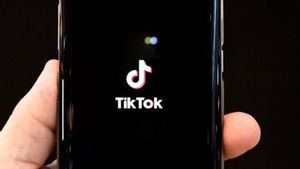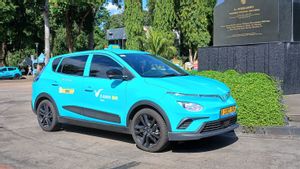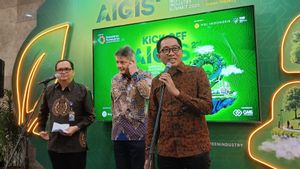JAKARTA - Scientists have succeeded in developing a microscopic robot that uses human cells and it is hoped that one day it can patrol our bodies to find and heal diseased cells and tissue. Known as 'anthrobots,' these robots, assembled from human cells, were able to repair damage to brain cells in an experiment reported in the journal Advanced Science.
A team of scientists at Tufts University in Massachusetts developed this microscopic robot with the aim of ultimately curing diseases. While there are still several steps to be taken before this technology can be used in hospitals, researchers predict that it could be used to repair cell and tissue damage caused by conditions such as Alzheimer's.
What is this? A primitive pond organism? nope, #Anthrobots pic.twitter.com/OdImZ3Xzgb
— Michael Levin (@drmichaellevin) December 1, 2023
These anthrobots, whose name comes from a combination of the words 'human robots,' are made from human airway cells. According to published research, if this technology is developed further and can be applied in hospitals, a major advantage would be that anthrobots could be created from a person's personal cells, with their own DNA. This will help prevent rejection by the body, and the patient will not need to use immunosuppressants, a type of medication needed after an organ transplant.
"You have the patient's cells doing things in the body that are helpful," said Tufts biology professor and senior author of the study, Michael Levin.
The process of creating anthrobots begins with a sample of cells lining human lungs. Next, the cells are placed in a dish and attempted to grow to form a lump.
SEE ALSO:
The clumps develop cilia, small hair-like projections around the cells, which aid their movement. The lung cells were chosen because they naturally grow cilia, and researchers didn't want to change the DNA to create a genetically modified organism.
In subsequent tests, the anthrobots were placed in a simulation of human brain tissue repair. The researchers made cuts in the middle of lab-grown brain cells and let the anthrobots do their work. The results showed that the anthrobots were able to help nerve cells regrow, stretching to connect gaps created by wounds.
Although there are still development steps needed, scientists are optimistic that one day these anthrobots could play an important role in the field of precision medicine, especially in curing diseases such as dementia.
The English, Chinese, Japanese, Arabic, and French versions are automatically generated by the AI. So there may still be inaccuracies in translating, please always see Indonesian as our main language. (system supported by DigitalSiber.id)


















